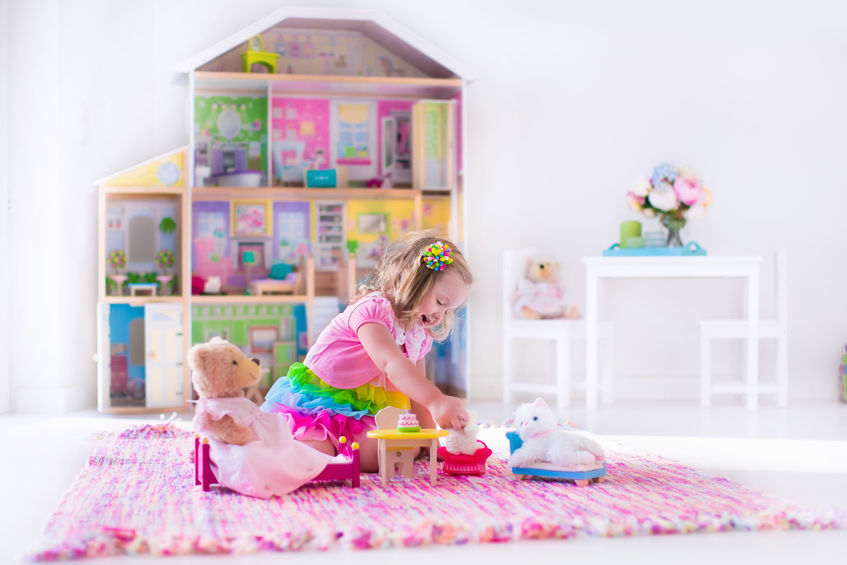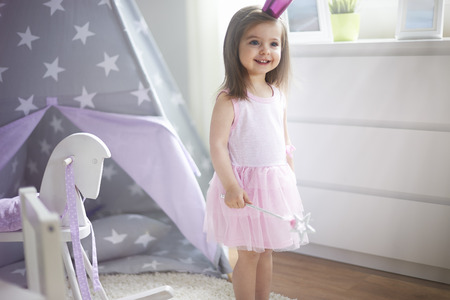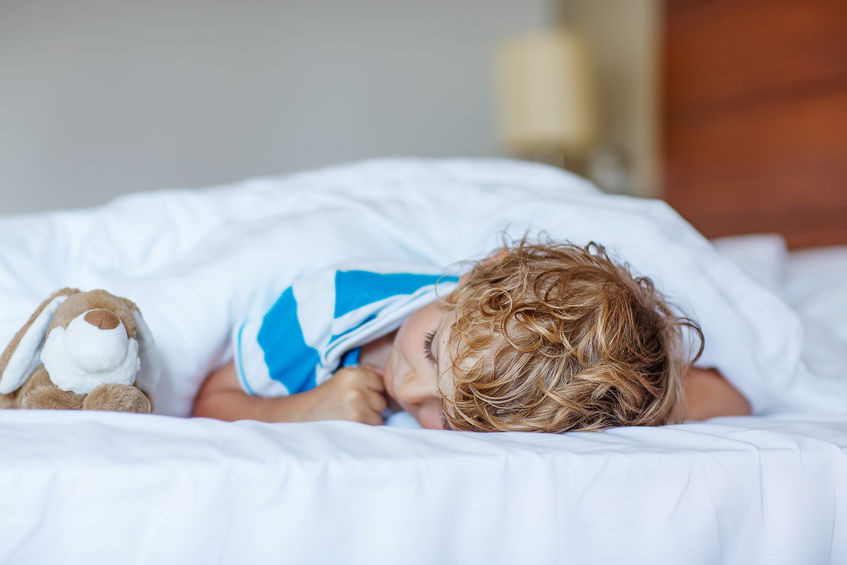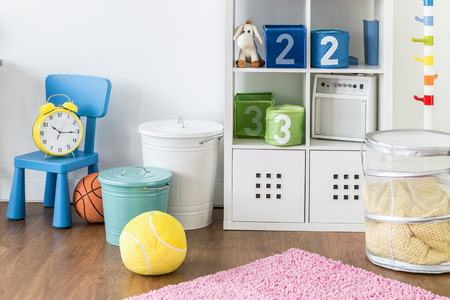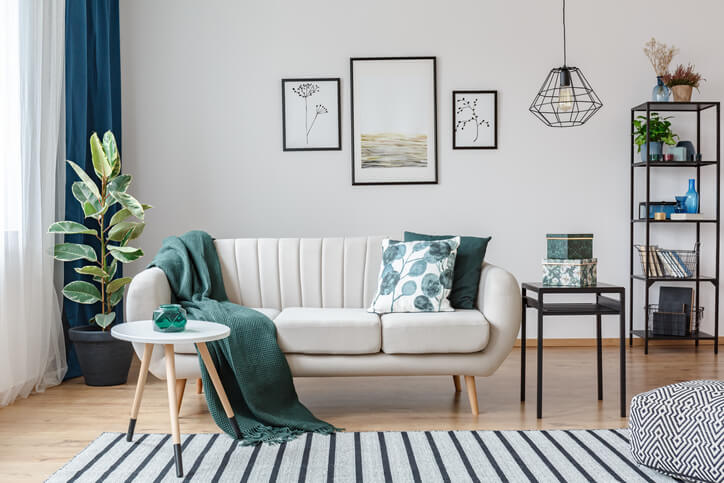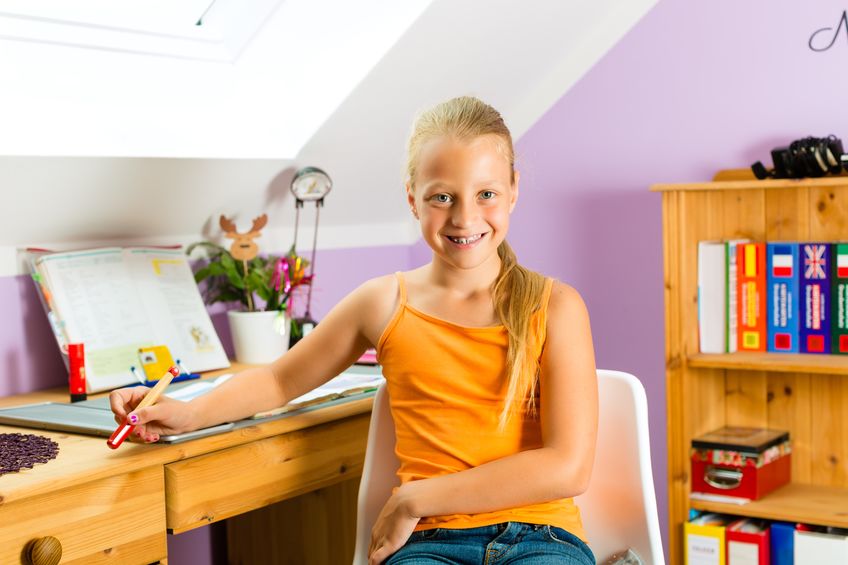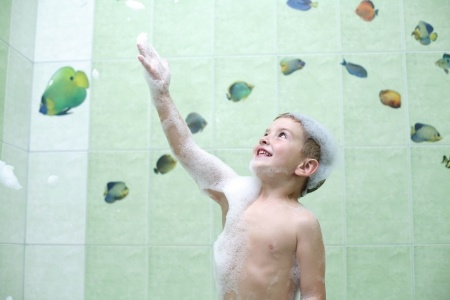Bedroom Ideas For Preschoolers
Easy bedroom ideas for preschoolers. A preschooler's bedroom is usually a bonafide conundrum. Without structure and organization, kids' busy bedrooms can feel like Grand Central Station (and look about as clean).
But with some forethought and a few well-crafted activity centers, you can have this busy place in order in a New York minute.
A well-organized preschooler's bedroom is not just a neat space; it's a gateway to a smoother daily routine and more enjoyable activities for everyone.
By implementing these easy bedroom ideas for preschoolers , you can transform your child's room into a functional and fun space, enhancing their independence and peace of mind.
Preschooler Stuff Patrol
Preschoolers have a lot of stuff. In my home, 3-year-old Daniel claims a small but cozy bedroom filled with a Thomas the Tank Engine train collection and wooden tracks, a menagerie of colorful plastic animals, cars and trucks of varying sizes, an airplane, and a helicopter or three.
Plus, the room must house a half-dozen shoes, pants, shorts, T-shirts, and sweatshirts by the dozen. Oh yes. Did I mention his jammies overload? About nine at last count.
You get the picture. It's a big load of stuff for a busy little guy. The problem?
As with almost every other preschooler, the challenge lies in keeping all of Daniel's stuff together and accessible in his room without sacrificing floor visibility and some sense of organization.
It's a common struggle, but with the right strategies, it can be overcome.
Here's what to do: It all starts on the floor—for you. That's it—squat down. Getting down to your preschooler's eye level is eye-opening when considering organizing her essential stuff.
Grownup stuff-holders aren't going to work here. Big chests of drawers are hard to reach and unsafe for little hands. Closet doors fold closed onto little feet. Big hangers can't fit small clothes.
And those standard closet clothing rods are nowhere near usable for my 3-year-old (or yours). They'd make a better jungle gym for him to play on than a place to hang or retrieve his clothes.
A few well-crafted activity centers can bring order to this busy place. These bedroom ideas for preschoolers can help:
Craft Central: Group a kid-size table and chairs with a splat mat beneath and a plastic tote with washable crayons, markers, and other supplies.
Play Station: Pick a corner nook defined by a small area rug. (Preferably, it should be washable.) Leave big toys like trucks, or LEGO sets out and ready to tackle.
Dress-Up Area: Mom, this is where you can recycle some of the excess in your closet. Just fill a plastic bin with your old clothes and fallen-from-favor shoes, bangles, and bags.
Play with Mommy Place: Inaccessible closet shelves are perfect storage spaces for games and crafts that require a grownup's supervision. I do this to keep Daniel from beginning a chemistry experiment when I'm homework helper for his brother and sister.
Sleeping Space Essentials
As you know, sheets are tricky for little ones. The top sheet always winds up at the foot of the bed. (It must be the sheet fairy at work again.) And making the bed? It's a formidable skill for little hands to master.
This is the right age to eliminate troublesome items and keep things simple. Ditch the top sheet and use only a fitted sheet topped with a comforter.
You won't be able to bounce a quarter off it, but you won't have to make it yourself, either.
If you cover the comforter with a cozy flannel or cotton duvet, you can remove and wash it weekly. The goal is to create something easy for your little one to pull up independently.
Don't give in to the temptation to push a preschooler's bed against the wall. That makes it harder for her to make the bed. Yes, it saves space and keeps her from falling out on one side. But consider using rails instead.
Pull the bed away from the wall to divide the room into activity areas visually. Kids like things cozy.
Wherever you put the bed, you'll need either a bedside table or a shelf for bedtime essentials: a reading light, a sippy cup for water, and books for bedtime stories.
Bedroom Ideas for Preschoolers: Putting It All Together
In general, simple and sturdy are the keywords when designing and organizing a preschooler's bedroom. All surfaces need to be easy to clean, including the floors. Carpets aren't the best choice for this messy age.
If you have carpet, cover the center or high-traffic area with a washable area rug, a splat mat, or a plastic office-chair mat.
Hardwood is easier than carpet to wipe spills off and is a great play surface for all those dinosaurs and trucks. Just add an area rug for softness and style.
Resist the urge to match everything in a preschooler's room. It's not necessary as if this room is ever going to look like a designer showcase!
Accept hand-me-downs because you'll be changing the decor before you know it and because your little one will make sure that after a year, the pieces are barely recognizable anyway.
Make sure none of the painted finishes contain lead and that the corners aren't hard and sharp.
While we're talking about paint, remember that walls should be washable. The best bets for kid-friendly finishes include eggshell or satin paint on the walls and semi-gloss for doors and moldings.
These finishes are formulated to withstand repeated cleanings better.
You can get creative with painting techniques. Check out removable borders, magnetic paint (paints that are magnetized), chalkboard paint (paints that create a chalkboard you can draw on), and glitter paint (paints with glitter mixed in make walls sparkle, no extra steps required).
Or try corkboard walls (it doubles as a soundproofer and a stuff-hanger).
Then, build a theme. Avoid matching things. A room with the same print on the border, the sheets, and the curtains looks anything but relaxed and comfortable. Instead, choose a theme close to your kid's heart (or geographic location) that you can build on.
Think seashell sheers on the window, sailboat sheets, and a sand-colored area rug. Use your imagination.
Now that the big things are out of the way, the three biggest organizational challenges in preschoolers' rooms are toys, clothes, and artwork. Here are my suggestions for each.
Bedroom Ideas for Preschoolers' Toys
Oh, toys. Many toys. These bedroom ideas for preschoolers toys can help keep these friendly faces from taking over the room. The key: Divide and label. Everything.
Since most preschoolers can't read, these won't be your file-folder labels. Instead, use something entirely different but equally control-inspiring: picture labels.
Pictures of socks, shorts, shirts, and dinosaurs help your preschooler know where things go.
Color or tape pictures of the items inside every box, bin, or bag. For example, I found the Thomas the Tank Engine home page online, printed it out, and taped it to Daniel's bin of Thomas toys.
Now he knows which plastic tub to find and return his Thomas trains.
Here are some of my favorite bedroom ideas for preschoolers bulky and hard-to-stash playtime favorites:
- Create a play area in one corner where big toys can be left. Confine it with a small area rug.
- Put fire trucks, trains, and larger-than-life stuffed toys in big plastic dish tubs.
- Fill a bookcase with deep shelves with brightly colored storage baskets, which can hold dozens of small toys.
- Save the zippered plastic bags that new comforters use to pack away whatever stuffed animals or Barbies are currently out of favor.
Bedroom Ideas for Preschoolers Clothes
As I mentioned before, Daniel has a lot of clothes. Sometimes, it seems like he has more clothes than I do! These bedroom ideas for preschoolers can help:
- Create a dressing-for-success station. You can arrange similar items in specific drawers—one drawer for jammies, another for socks, and another for sweatshirts and athletic gear. Or, organize drawers by outfits (one-stop shopping is appealing to preschoolers, too) in a one-gallon or larger zippered plastic bag. Stock the essentials, from hair bows to ruffle socks, when you put clean clothes away.
- Get a laundry hamper. Unquestionably, in this room and all your kids' rooms, you'll need a laundry hamper. Big or small, round, square, corner-fit, it doesn't matter. There needs to be a place for dirty duds to land before night-night.
- Remove closet doors to keep little toes and fingers safe and to keep stuff from piling up unnoticed inside.
- Organize shoes in closet shoe cubbies.
- Install a closet clothing rod extension to bring clothes down to kid level.
Bedroom Ideas for Preschoolers' Artwork
Another challenge of organizing kids' rooms is the seemingly endless stream of artwork that arrives home with your son or daughter after preschool. These bedroom ideas for preschoolers artwork can help you win the paper chase.
Artwork is a preschooler's (and his parents') pride and joy. Yes, we do eventually get over this syndrome of treating each and every finger painting as a Picasso.
But in the meantime, if you don't have the heart to circular-file the art that comes home from preschool, here's how to display it without spending too much time or money in the process.
- Pick up a few inexpensive plastic frames about an inch thick. You can stuff a dizzying amount of colored- and finger-painted layers inside. It makes displaying the artwork du jour a snap.
- Hang a clothesline, a ribbon, or a jump rope across the room. Hold the daily artistry in place with clothespins.
With these bedroom ideas for preschoolers, your child will actually be able to find what she's looking for - all-by-herself!
- Clean Home
- Easy Home Decorating
- Bedroom Ideas for Preschoolers
